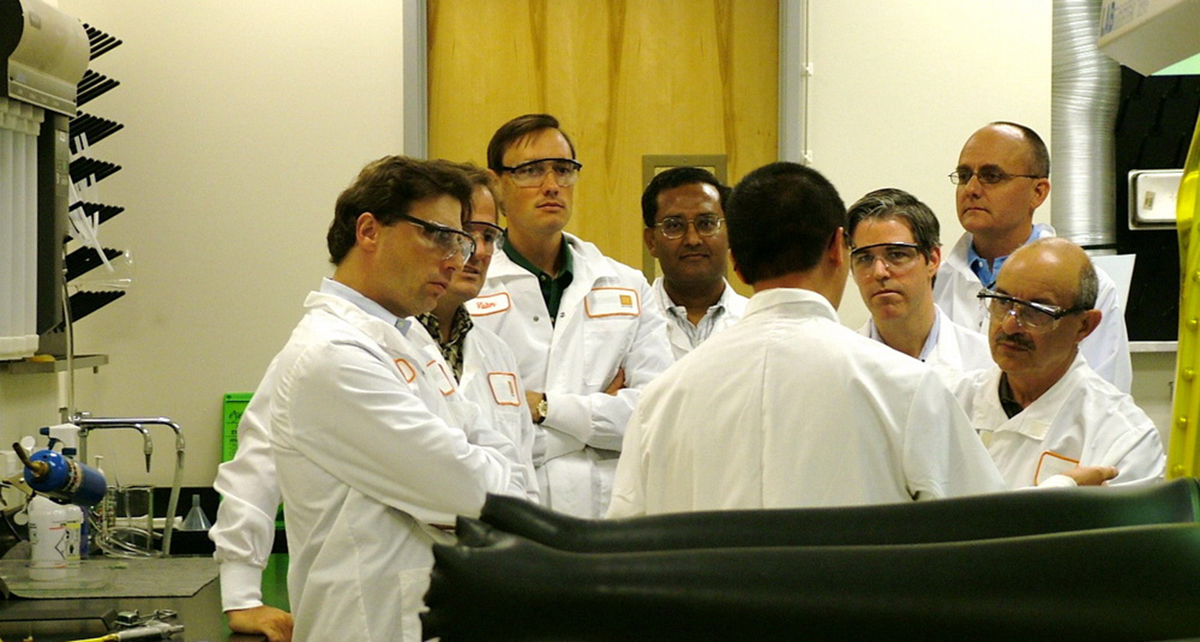Table of Contents
The second kind of treatment options which might be made possible by the advances in nanomedicine is the targeted delivery of RNA (siRNA or microRNA) to inhibit a disease pathway in the body. Good evidences for this come from clinical trials with so-called nanoparticulated RNA delivery systems for other diseases. These specific types of RNA can directly influence the work of certain genes in the body. Some preliminary testing that has been carried out in the diabetes treatment was done mainly for the delivery of viral microRNA, but no tangible products are available yet. This is still a very experimental approach, although an extremely promising one.

Nanotechnology might help in simplifying the management of diabetes
With regards to the management of diabetes, the influence of nanotechnology is equally starting to get noticed in the medical community.
This is a very important problem, as it may lead to disease complications and often to subsequent hospitalizations, poor clinical outcomes and increased healthcare costs. Again, the knowledge, techniques and processes of the nanosciences can be used to overcome this issue.
For instances, it is generally accepted that conventional finger prick capillary blood glucose self-monitoring is associated with major problems. Not only it can be painful, but it has many limitations (e.g., it cannot be done if the person is driving or asleep, etc.). One idea that is likely to meet the need for improved non-invasive glucose monitoring is a “smart tattoo”, which is composed of glucose responsive, fluorescence-based nanosensors implanted under the skin but manipulated from outside. Research is still being conducted to rectify the biocompatibility and behavior of this non-invasive device. Other possibilities have been investigated too, but the “smart tattoo” concept has gathered the most attention in the recent years.
Artificial nanopancreas is being developed
Another curious and widely studied concept is that of the artificial nanopancreas. First described in 1974, the idea was based on a simple principle: a sensor electrode would repeatedly measure blood glucose levels and any deviation would be fed back into a small computer that energizes an infusion pump, which would release the required amount of insulin into the bloodstream. Nanotechnology researchers are relentlessly working towards producing a device of this nature.
See Also: Natural Products in Nanocapsules for Cancer Prevention
In conclusion, while many of technologies described above will require rigorous testing before being marketed, it is not hard to foresee the revolutionary approach that is likely to be adopted in the management of diabetes – perhaps only comparable to the one that took place after the discovery of insulin by Banting and Best.
- REIS, C. P. & DAMGE, C. 2012. Nanotechnology as a Promising Strategy for Alternative Routes of Insulin Delivery. Methods in Enzymology. Elsevier Inc.
- KROLA, S., ELLIS-BEHNKEB, R. & MARCHETTI, P. 2012. Nanomedicine for treatment of diabetes in an aging population: state-of-the-art and future developments. Nanomedicine: Nanotechnology, Biology, and Medicine, 8, S69-S76
- ZHI, Z.-L., KHAN, F. & PICKUP, J. C. 2013. Multilayer nanoencapsulation: A nanomedicine technology for diabetes research and management. Diabetes Research and Clinical Practice, 100, 162-169
- MEETOO, D. & LAPPIN, M. 2009. Nanotechnology and the future of diabetes management. Journal of Diabetes Nursing, 13, 288-297
- Hanazaki K et al. (2001) Artificial endocrine pancreas. J Am Coll Surg 193, 310-322
- Heo YJ and Takeuchi S (2013) Towards smart tattoos: implantable biosensors for continuous glucose monitoring. Adv Healthc Mater 2(1), 43-56.
- Photo courtesy of Simon Fraser University Public Affairs and Media Relations by Flickr : www.flickr.com/photos/sfupamr/5355316833
- Photo courtesy of Steve Jurvetson by Flickr : www.flickr.com/photos/jurvetson/149332018


Your thoughts on this